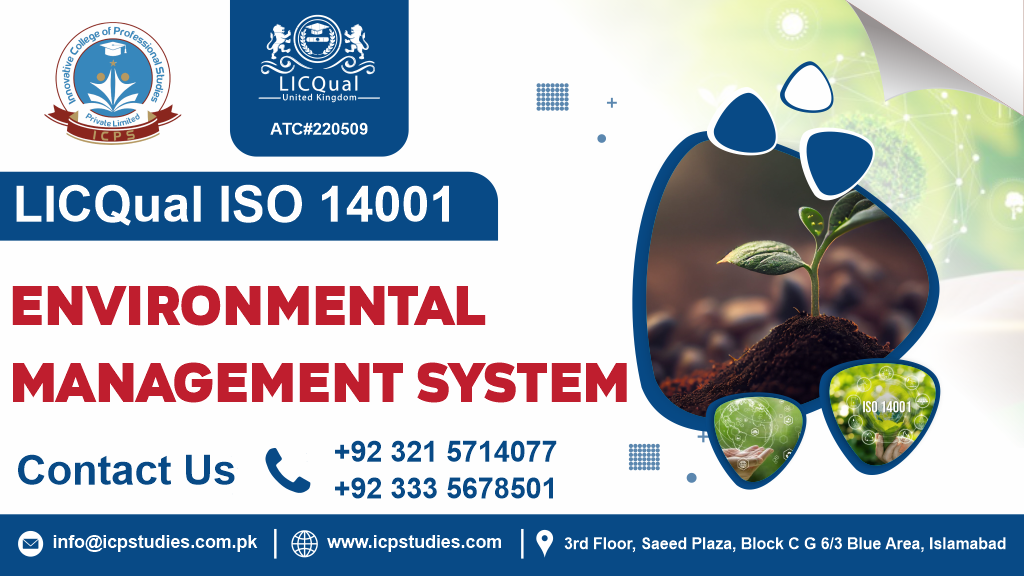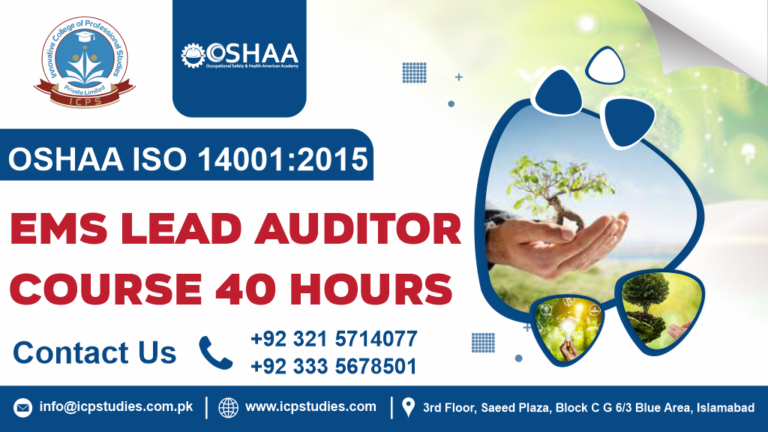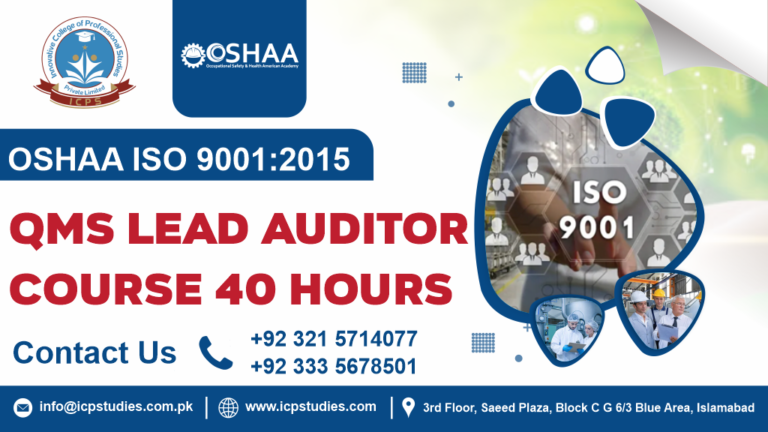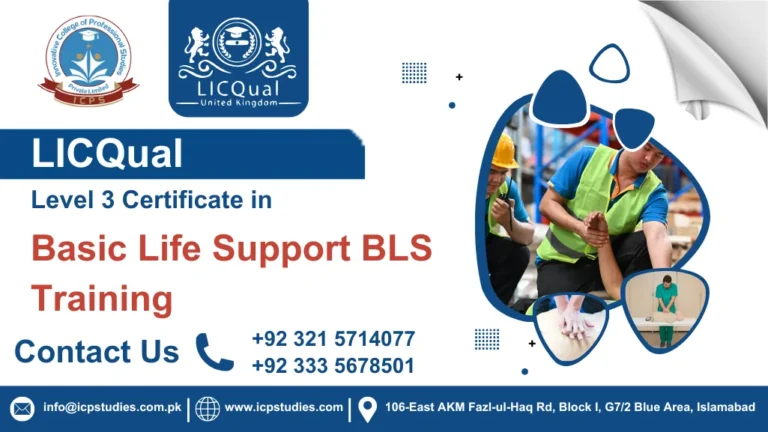In today’s world, businesses are increasingly recognizing the importance of sustainable practices and environmental stewardship. One of the key frameworks guiding organizations toward these goals is ISO 14001:2015, the international standard for Environmental Management Systems (EMS). This standard helps organizations minimize their environmental impact, comply with regulations, and foster a culture of continuous improvement.
ISO 14001 is part of the ISO 14000 family of standards, which focuses on environmental management. The 2015 revision of the standard, ISO 14001:2015, sets out the criteria for establishing an effective Environmental Management System (EMS). The primary goal of ISO 14001 is to help organizations improve their environmental performance through more efficient use of resources and reduction of waste.
ISO 14001 is more than just a certification—it’s a commitment to environmental excellence and sustainability. By implementing an effective Environmental Management System, organizations can not only enhance their environmental performance but also achieve significant operational benefits. Whether you’re starting from scratch or looking to improve your existing practices, ISO 14001 provides a robust framework for achieving your environmental goals and contributing to a more sustainable future.
All About ISO 14001 Environmental Management System
Course Overview
In the realm of environmental management, the role of an ISO 14001 Environmental Management System (EMS) Lead Implementer is pivotal. This professional is responsible for guiding an organization through the process of establishing, implementing, and maintaining an effective EMS in accordance with the ISO 14001 standard. Here’s a closer look at what this role entails, its responsibilities, and the skills required.
ISO 14001 Environmental Management System Lead Implementer is integral to an organization’s journey toward achieving and maintaining ISO 14001 certification. This professional ensures that the EMS is effectively implemented, monitored, and continuously improved, driving both environmental and operational benefits. For organizations committed to enhancing their environmental performance and compliance, having a skilled Lead Implementer is a critical factor for success.
Study Units
- Introduction to ISO 14001
- Environmental Policy
- Environmental Aspects and Impacts
- Legal and Regulatory Requirements
- EMS Planning
- Documentation and Records Management
- Training and Awareness
- Monitoring and Measurement
- Internal Audit
- Management Review
- Educational Background: A degree or equivalent qualification in environmental science, engineering, sustainability, or a related field.
- Professional Experience: Relevant work experience in environmental management, compliance, or related areas, typically ranging from one to three years.
- Familiarity with ISO Standards: Basic understanding of ISO 14001 and other environmental management standards is beneficial.
- Knowledge of Environmental Regulations: Awareness of applicable environmental laws, regulations, and best practices.
- Commitment to Learning: Willingness to engage with course materials and participate in practical assessments.
- Communication Skills: Strong verbal and written communication skills for effective documentation and reporting.
- Analytical Skills: Ability to assess environmental impacts and identify areas for improvement.
As specific requirements may vary by provider, it’s advisable to check the details of the course you are interested in.
Environmental Managers: Professionals responsible for developing and managing environmental management systems.
Internal Auditors: Individuals conducting audits of environmental practices within organizations.
Compliance Officers: Those ensuring adherence to environmental regulations and standards.
Sustainability Officers: Professionals focused on integrating sustainability initiatives into organizational practices.
Operations Managers: Managers overseeing processes who want to improve environmental performance.
Quality Assurance Personnel: Individuals involved in maintaining and improving environmental compliance.
Consultants: Advisors providing expertise on environmental management systems and ISO standards.
.
Learning Outcome
. Introduction to ISO 14001
- Understanding the Standard: Explain the purpose, scope, and benefits of ISO 14001 and its role in environmental management.
- Framework Familiarity: Describe the structure and key components of ISO 14001:2015, including the Plan-Do-Check-Act (PDCA) cycle.
- Application Context: Identify the typical applications of ISO 14001 in various organizational contexts and industries.
2. Environmental Policy
- Policy Development: Formulate an environmental policy that aligns with ISO 14001 requirements and reflects the organization’s commitment to environmental stewardship.
- Policy Communication: Explain how to communicate the environmental policy effectively within the organization and to external stakeholders.
- Policy Review: Describe the process for reviewing and updating the environmental policy to ensure its continued relevance and effectiveness.
3. Environmental Aspects and Impacts
- Identification and Evaluation: Identify and evaluate the environmental aspects and impacts of organizational activities, products, and services.
- Risk Assessment: Assess the significance of environmental impacts and prioritize them based on their potential effects.
- Management Strategies: Develop and implement strategies to manage and mitigate significant environmental impacts.
4. Legal and Regulatory Requirements
- Compliance Identification: Identify applicable environmental laws and regulations relevant to the organization’s activities.
- Regulatory Integration: Explain how to integrate legal and regulatory requirements into the EMS and ensure ongoing compliance.
- Monitoring Changes: Describe the process for staying updated with changes in environmental legislation and incorporating them into the EMS.
5. EMS Planning
- Objective Setting: Develop environmental objectives and targets that align with the organization’s environmental policy and strategic goals.
- Planning Actions: Plan and implement actions to achieve environmental objectives, including resource allocation and risk management.
- Performance Indicators: Establish performance indicators to monitor progress towards environmental objectives and targets.
6. Documentation and Records Management
- Document Creation: Create and maintain EMS documentation, including procedures, policies, and work instructions, in compliance with ISO 14001 requirements.
- Records Management: Implement effective records management practices to ensure the accuracy, accessibility, and retention of environmental records.
- Document Control: Describe procedures for document control, including revision management and access control.
7. Training and Awareness
- Training Programs: Develop and deliver training programs to ensure employees understand their roles and responsibilities within the EMS.
- Awareness Initiatives: Implement initiatives to raise awareness about environmental issues and the importance of the EMS throughout the organization.
- Effectiveness Evaluation: Evaluate the effectiveness of training and awareness programs and make necessary improvements.
8. Monitoring and Measurement
- Performance Monitoring: Establish procedures for monitoring and measuring environmental performance against objectives and targets.
- Data Collection: Implement data collection methods to accurately assess environmental performance and compliance.
- Analysis and Reporting: Analyze monitoring data to identify trends, assess performance, and report on environmental achievements.
9. Internal Audit
- Audit Planning: Plan and prepare for internal audits, including defining scope, criteria, and schedule.
- Conducting Audits: Perform internal audits to assess the effectiveness of the EMS and compliance with ISO 14001 requirements.
- Reporting and Follow-up: Document audit findings, report non-conformities, and follow up on corrective actions to address identified issues.
10. Management Review
- Review Process: Describe the process for conducting management reviews of the EMS, including inputs, outputs, and frequency.
- Evaluation Criteria: Evaluate the effectiveness of the EMS based on performance data, audit results, and feedback from stakeholders.
- Continual Improvement: Develop recommendations for improvements based on management review findings to enhance the EMS and drive continual improvement.
These learning outcomes aim to equip individuals with a comprehensive understanding of ISO 14001 and its application, enabling them to effectively implement and manage an Environmental Management System in their organization.
FAQs about ISO 14001 Environmental Management System







